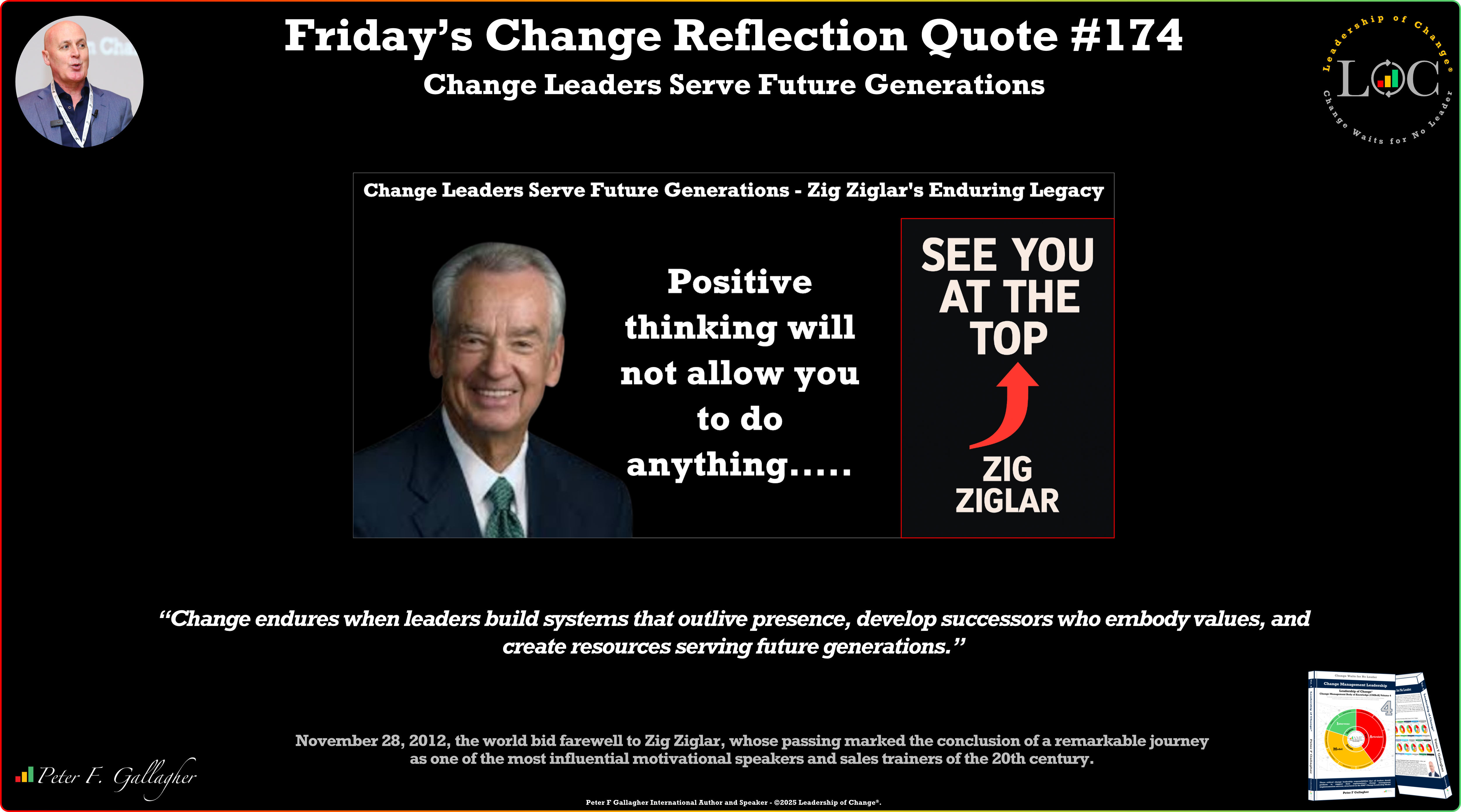May16

Prior to the pandemic, team collaboration gave companies a competitive advantage. Leaders spoke of the importance of fostering a collaborative environment where employees could come together to share ideas and solve problems. However, the pandemic has disrupted the concept of team, with many workers now working remotely. This has led some to question whether team collaboration is still relevant in today's business landscape. While there is no easy answer, it is clear that the pandemic has forced leaders to rethink what it means to be a team. In a remote world, team collaboration may look different than it did before, but it is still essential to driving innovation and creativity. As companies begin to bring workers back to the office, it will be important for leaders to create an environment where team collaboration can thrive.
The most effective leaders are those who can foster a sense of belonging among their team members while also leveraging the unique strengths of each individual. This can be a challenge, as it requires a leader to maintain a delicate balance between two competing goals. On one hand, it is important to create a cohesive team where everyone feels like they are part of something larger than themselves. This sense of belonging is essential for fostering motivation and collaboration. On the other hand, leadership also requires leveraging the unique strengths of each team member in order to create the strongest possible team. The best leaders are able to strike this balance, creating an inclusive environment while also maximizing the potential of each individual.
By Dean Miles
Keywords: Business Continuity, Entrepreneurship, Management
 Operational Speed Without Strategic Clarity Creates Chaos
Operational Speed Without Strategic Clarity Creates Chaos The AI Curriculum: A Library's Deep Dive into Artificial Intelligence
The AI Curriculum: A Library's Deep Dive into Artificial Intelligence Friday’s Change Reflection Quote - Leadership of Change - Change Leaders Serve Future Generations
Friday’s Change Reflection Quote - Leadership of Change - Change Leaders Serve Future Generations The Corix Partners Friday Reading List - November 28, 2025
The Corix Partners Friday Reading List - November 28, 2025 The High-Performing Manager’s Burger: A Practical DoD that Reduces Defects and Shortens Cycle Time
The High-Performing Manager’s Burger: A Practical DoD that Reduces Defects and Shortens Cycle Time